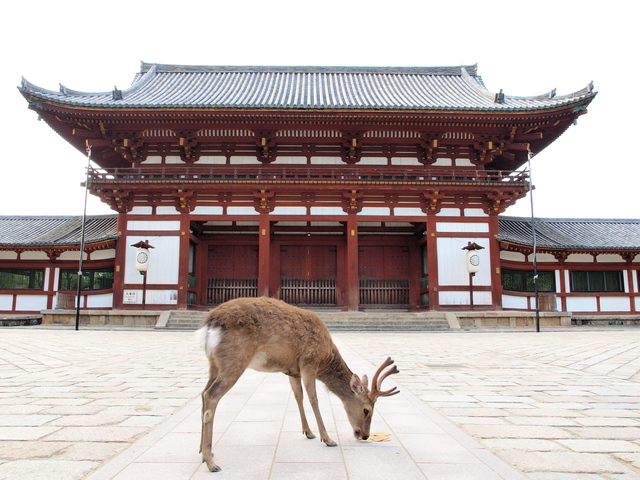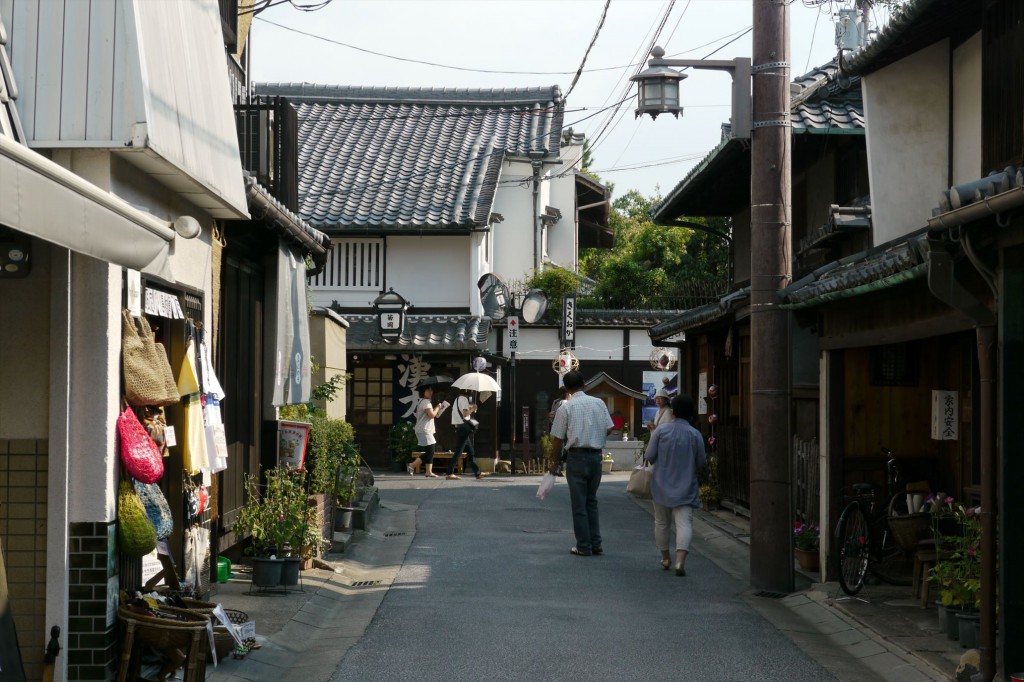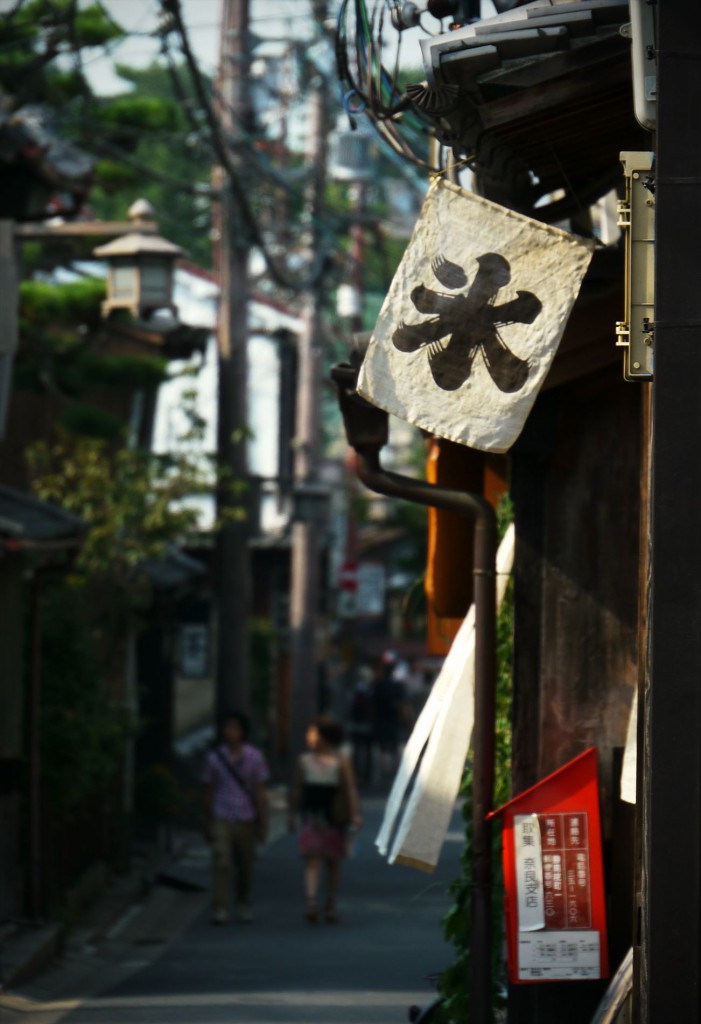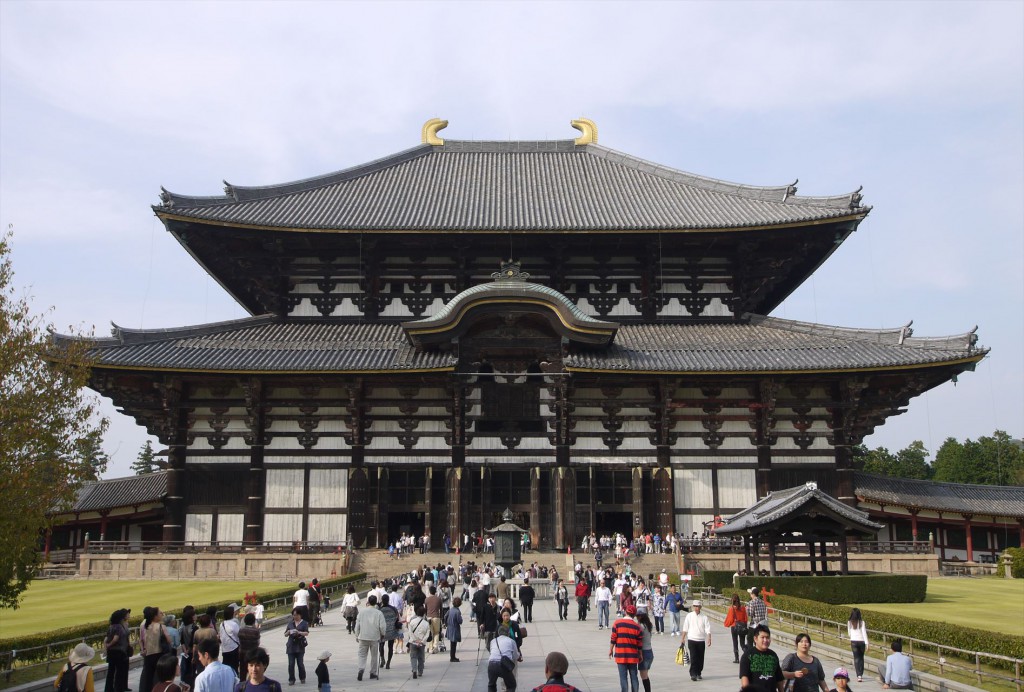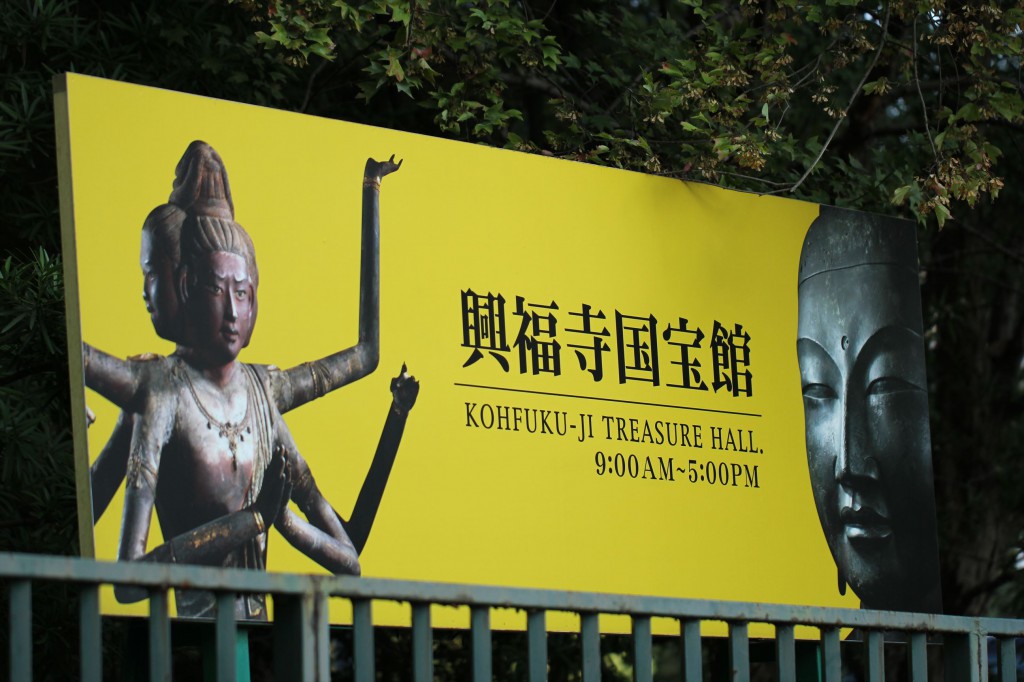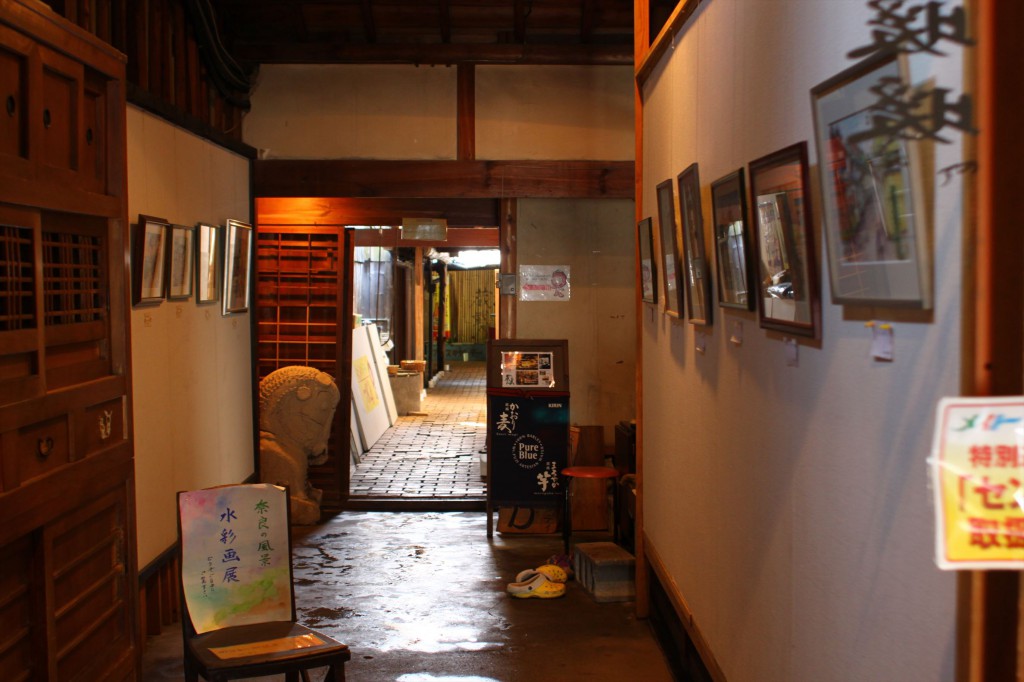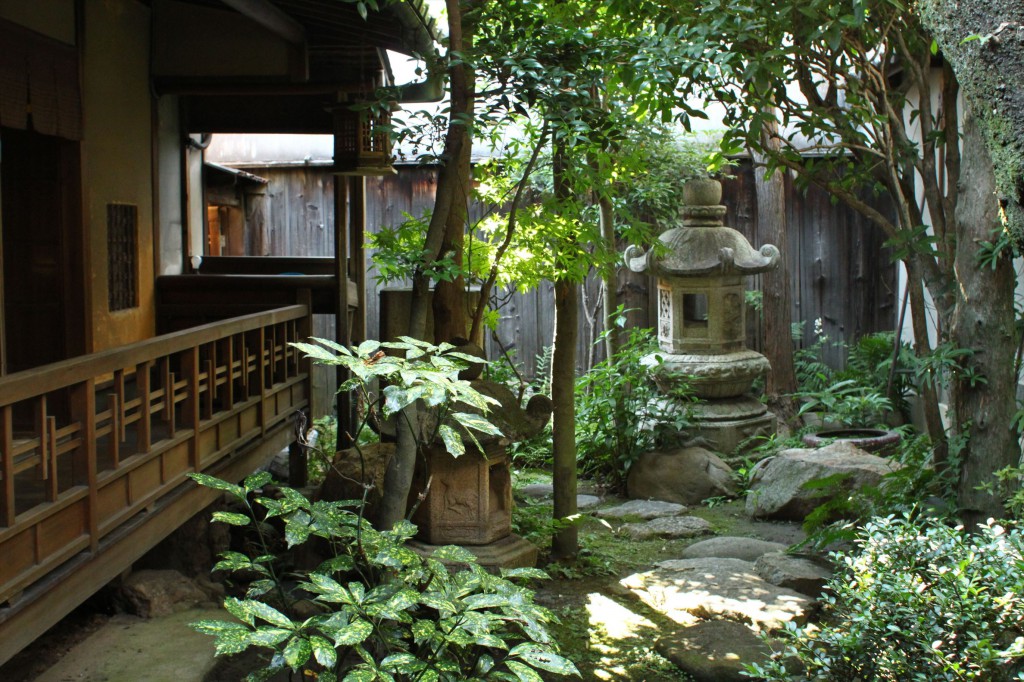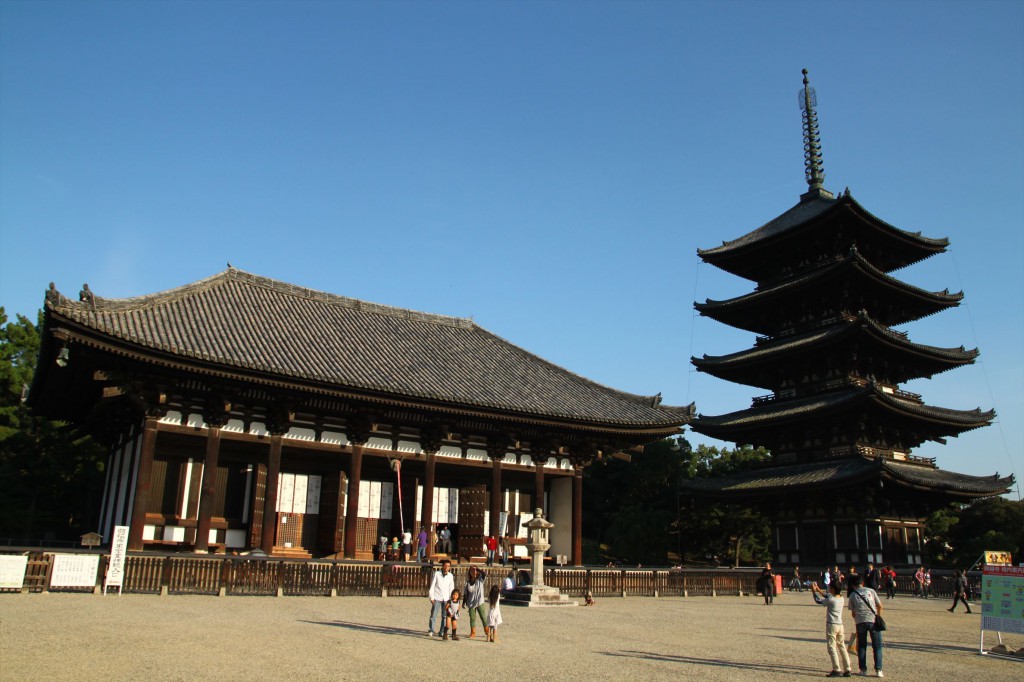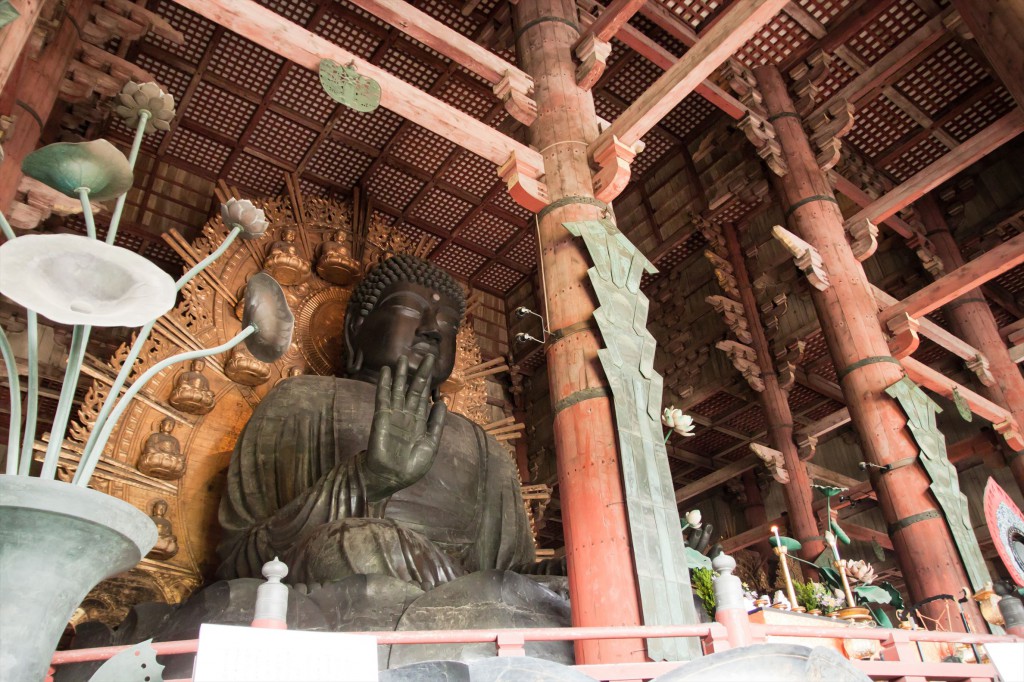Nara One-Day Tour (Todaiji Temple, Kofukuji Temple, Nara Town)
W011
Nara was the capital of Japan in the 8th century, preceding Kyoto (Heian-kyo), and was called Heijo-kyo. The city was modeled after Chang’an in China’s Tang Dynasty and was built through large-scale urban planning.
The ancient capital is now an area where deer are free to roam, and we will visit Todaiji Temple, Kasuga Taisha Shrine, and Kofukuji Temple in the area.
WHAT YOU CAN EXPECT
【Itinerary】JR Kyoto or Osaka Station → JR Nara Station or Kintetsu Nara Station → JR Kyoto or Osaka Station
(1) Todaiji Temple: In the 8th century, Emperor Karl the Great was supported by the Roman Church, while in Japan, Emperor Shomu promoted the rule of the whole country with the help of Buddhism. He placed national temples throughout Japan and built Todai-ji Temple at the top of them. He also erected a 15-meter-high bronze statue of the Great Buddha at Todaiji Temple. The opening ceremony was attended by over 10,000 people and was said to have been the largest ceremony of its kind in East Asia. Todaiji Temple is also home to many other national treasures, including the Nandaimon Gate and the Daibutsuden Hall.
(2) Kasuga Taisha Shrine: With a history of approximately 1,300 years, this shrine is one of the World Heritage sites. It has a vast site that includes the primeval forest of Kasuga Mountain, where 1,200 deer, cherished as messengers of the gods, walk freely. The National Treasure Hall houses and displays approximately 3,000 national treasures and important cultural properties, including sacred treasures and armor and swords dedicated by aristocrats and warriors.
(3) Kofukuji Temple: This temple is an integral part of Kasuga Taisha Shrine. In addition to the five-story pagoda, the National Treasure Hall is a particular highlight, with 18 national treasures of Buddhist sculptures, the largest collection of such treasures in Japan for a temple. The Ashura statue, with its boyishly handsome face, is particularly famous, but visitors can also see a variety of other masterpieces of sculpture, such as the Happushu and the Tentoji.
More info
Itinerary
At Gyoki Bosatsu Statue in front of Kintetsu Line Nara Station?-> T?daiji Temple -> K?fukuji Temple -> Naramachi Town -> Imanishi Seibei Sh?ten -> Imanishike Shoin
CANCELLATION POLICY
If you cancel your reservation, the following cancellation fees and remittance charge will be charged:
(1) 14-3 days before the program day: 20 % of the program fee
(2) 2 days before the program day: 50 % of the program fee
(3) one day before, on the departure day, or cancellation without notice: 100 % of the program fee
There are no reviews yet. Be the first one to write one.
PROGRAM FEE(Excl. consumption tax)
- Fee per Person
- 23,000JPY
- STARTING TIME
- 9:30~
- DURATION
- 390 mins
- LOCATION
-
T?daiji Temple,K?fukuji Temple,Naramachi town,Imanishi Seibei Sh?ten,Imanishike Shoin
- MINIMUM NUMBER OF PARTICIPANTS
- 2 people
- INCLUSIONS
- ・Guided tours by nationally licensed tour guides
・Admission and entrance fees
- EXCLUSIONS
- Cost of meal and sightseeing activities
- NOTIFICATIONS
- ◆Please follow the guide's instruction during the program. We shall not be responsible for any accident caused by disregard of the instructions.
◆Please advise us if you have any religious or health restrictions, allergies, or the case where you would like to request a special care for participants, including children. Please email us at info@truejapantours.com to check an availability and share the information.
Please note that any programs booked without an inquiry will not be guaranteed.
◆Our services are mainly offered in English. In addition, services in other languages, such as Chinese, French, Spanish, German, Italian, Russian are also available. In case you would like services in languages other than English, please inquire us at info@truejapantours.com as soon as possible. We will check an availability.
◆Deadline for booking of this program is 10:00 am of 2 business days (JST) prior to the program date except for the peak season described in the note below.
When booking the programs held during the peak season and after the deadline, please be sure to email us at info@truejapantours.com to confirm an availability.
Please note that any programs to be held during the peak season and booked after the deadline without a prior confirmation may not be guaranteed.
*Note : Peak season is from March 20th to April 30th.
◆Our business hours are from 9:00 am to 6:00 pm on weekdays. For inquiries received outside the business hours, we will look into it and respond on the next business day.
Stocker
BOOKMARKS
- Not available.


